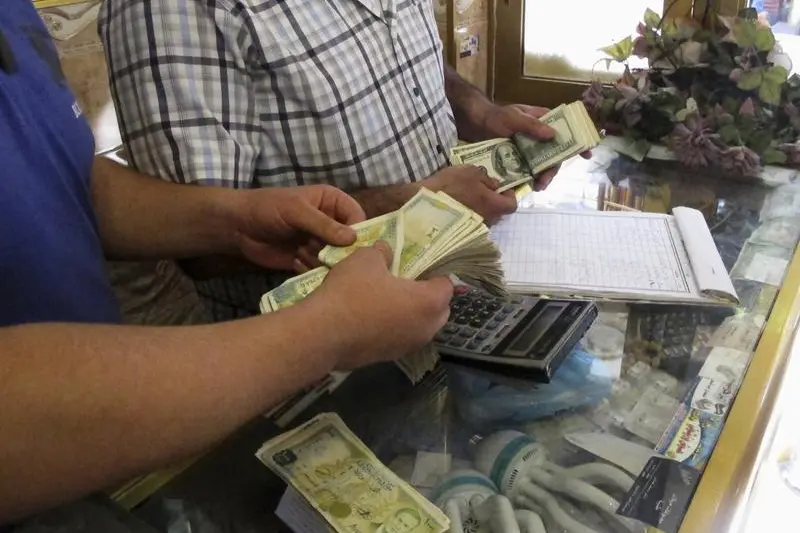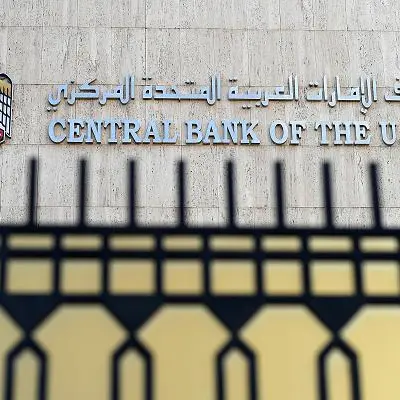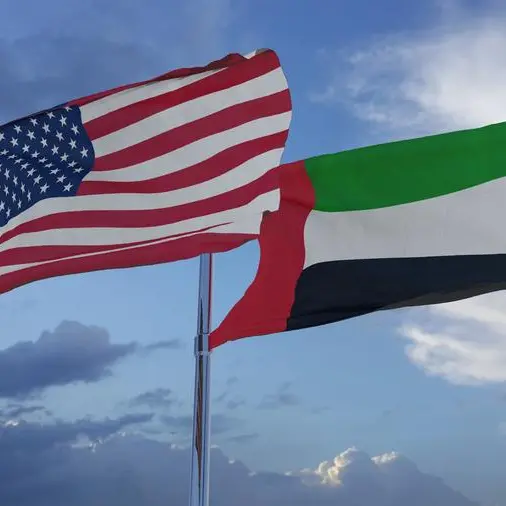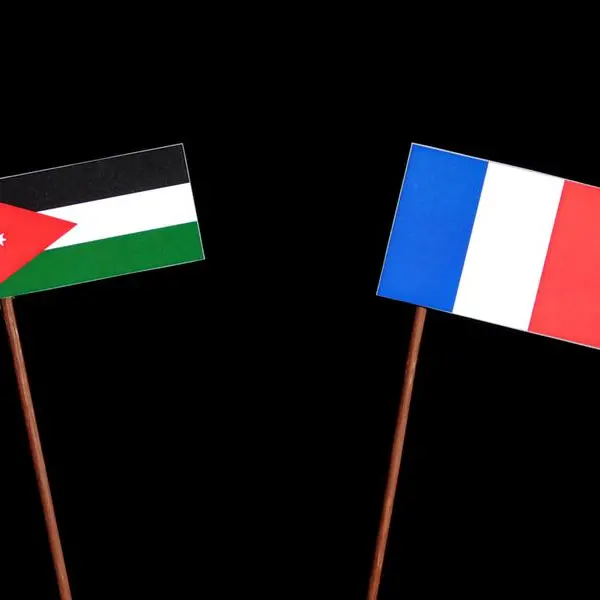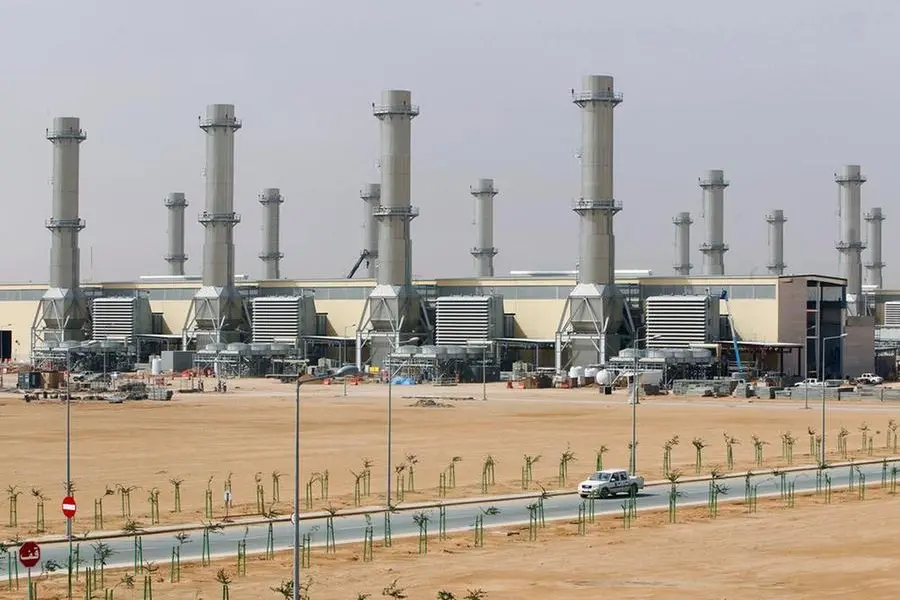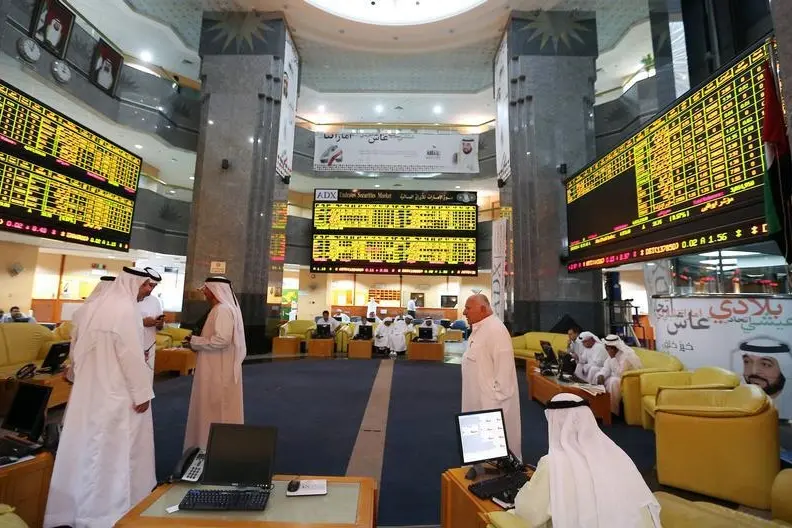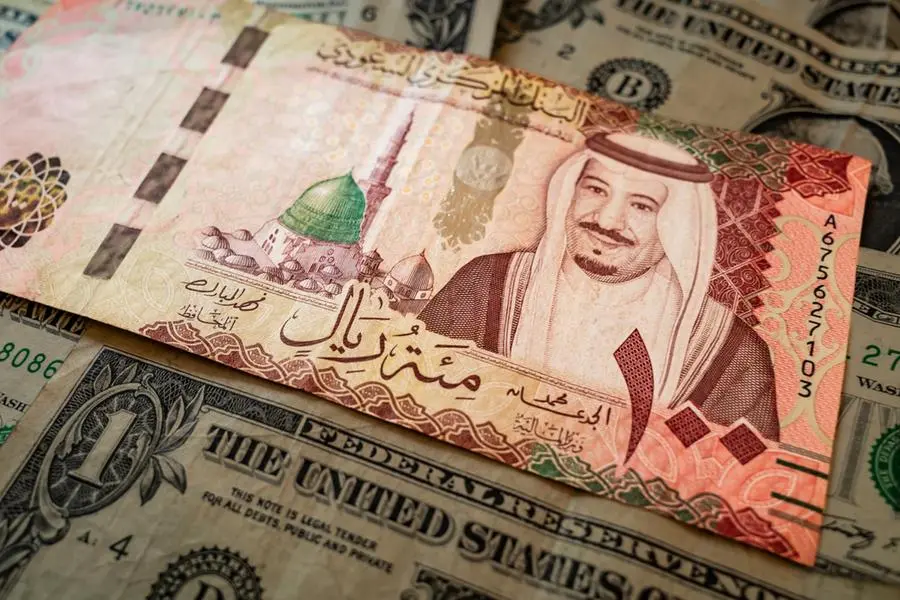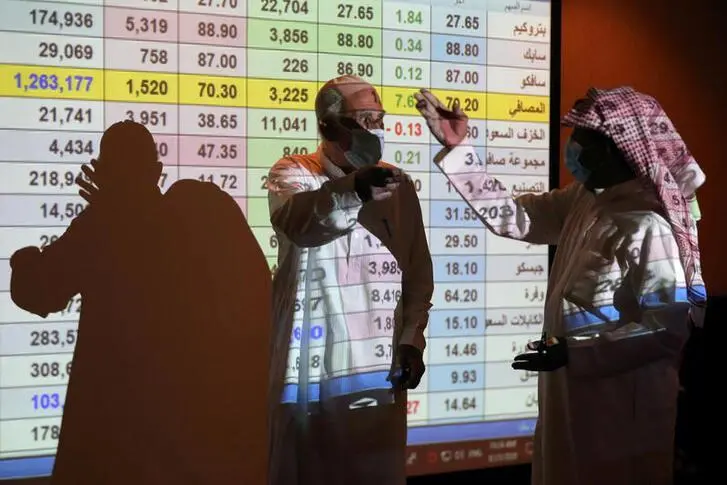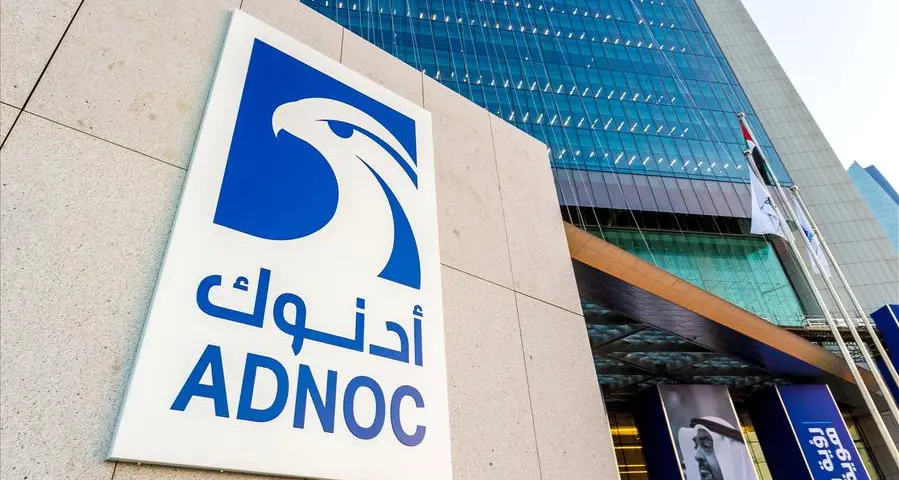PHOTO
By Suleiman Al-Khalidi
March 24 (Reuters) - The Syrian pound fell to a record low below 500 to the dollar on the black market on Thursday, driven down by doubts that the five-year conflict which has cost the country an estimated $260 billion could be resolved soon.
Thursday's rates, which a banker and exchange trader said varied from province to province across Syria, reflect a more than 90 percent fall in the pound since the crisis erupted in March 2011 and descended into civil war.
Two weeks of talks in Geneva on a political settlement have raised little optimism.
"The dollar has become a safe haven currency and there are few hopes that Geneva would put an end to conflict," a Damascus-based banker who requested anonymity said. "Fighting does not seem to have stopped."
Estimates from a United Nations-backed organisation, updated for March, put the physical cost of war damage so far at $89.9 billion. The National Agenda for the Future of Syria calculated another $169 billion of "opportunity cost" from plunging GDP levels since 2012.
The pound continued to suffer from fears about the impact of Russia's military drawdown in Syria, despite Syrian army gains since the Russian withdrawal was announced last week.
"The fear after the Russian pullback that the regime could fall had prompted panic buying of dollars in the market and this has been a major psychological factor that has weighed down on the pound since then," said Alaa Diraniya, head of the exchange dealers association in neighbouring Jordan.
"Why would anyone want to keep the Syrian pound People see their savings evaporating in front of their own eyes. One million pounds were $21,000 - now they are worth just $2,000".
Diraniya, who is in touch daily with exchange dealers in Syria, said the pound hit 500 on the black market in Damascus on Thursday and opened at 495 in Aleppo. The central bank set the rate at just under 443 pounds.
At the start of the crisis, the dollar was worth 47 pounds.
The National Agenda for the Future of Syria said GDP has more than halved since 2011. It fell 6.8 percent in 2012 before collapsing 28.2 percent in 2013, followed by falls of 9.9 and 8 percent in the last two years, the organisation estimated.
It also predicted that oil production, which stood at more than 300,000 barrels per day in 2011, could take more than five years to return to that level.
Most of Syria's oil fields are in the east of country, under Islamic State control, and have been damaged by fighting.
The organisation said production would resume at levels as low as 10,000 bpd in the first year of post-conflict operation, rising to just 60,000 bpd the next year.
(Writing by Dominic Evans; Editing by Tom Heneghan) ((Dominic.J.Evans@Thomsonreuters.com;))
Keywords: MIDEAST CRISIS/SYRIA POUND
